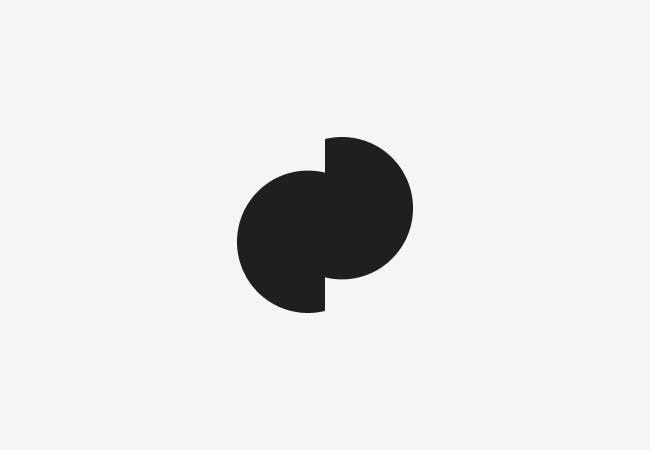How a Template Project Helps Us Guarantee Code Quality and Team Stability
Matej Musap
2025-07-28
2min
Development
A standardized, evolving codebase helps us maintain consistent quality even when teams change. Learn how our internal template project improves onboarding, reduces technical drift, and supports long-term delivery stability.
In modern software development, change is inevitable, but quality should never be optional.
Developers join and leave. Projects pause and later restart with a new team. Sometimes, no one from the original crew is still available when the next milestone comes around.
When this happens, the codebase often suffers. Every new developer brings their habits, preferences, and assumptions. Without a clear structure, the result is inconsistency, tech debt, and wasted time.
So the question becomes:
How can software teams scale, rotate, and adapt without sacrificing code quality and delivery speed?
Here’s how we solved it.
We realized that the only way to ensure long-term stability across different teams and projects was to define a shared technical foundation. One that would guide our decisions, reduce guesswork, and make onboarding faster.
So we created a company-wide template project.
It’s a clean, preconfigured codebase that includes:
A set of tools and libraries that we trust and use regularly
Agreed-upon folder structure and naming conventions
Predefined design tokens, themes, or components (depending on the platform)
Built-in documentation
Linting, formatting, and CI configurations
Every new project that starts at Cinnamon uses this template as its base. And because all our developers contribute to improving it over time, it keeps evolving with new insights and best practices.
Team fluctuations are unavoidable. But with the template project in place, we no longer worry about how quickly someone can “get up to speed.” That part is solved before the first line of custom code is even written.
This helps us:
Speed up onboarding: Developers know exactly where to look, what to follow, and how the system is structured
Avoid confusion: Teams don’t waste time debating naming conventions, folder structures, or basic configuration
Deliver faster and more reliably: With a strong base, we focus on product logic and value instead of repeating setup work
Support long-term maintainability: If a project pauses and resumes later, developers rejoin familiar ground
To make onboarding more efficient and reduce the risks that come with team changes, we created an internal template project that every developer gets familiar with from day one. We’ve written more about this process in our blog post on smooth onboarding of developers in agile teams.
The template project isn’t something we built once and archived. It’s a living internal product. Our developers regularly propose changes, review each other's suggestions, and improve the template as new patterns, tools, or needs arise.
This process:
Keeps everyone aligned across different client projects
Helps us share knowledge internally
Encourages technical consistency even in distributed or mixed-seniority teams
It’s also a great way to scale knowledge. Junior devs learn best practices by working within a framework that reflects the experience of the whole team.
For clients, the benefit is simple:
You’re not depending on a single developer. You’re depending on a proven system.
Our delivery stays consistent regardless of team size, team changes, or technical stack. Every developer onboarded to your product is already familiar with the foundation because they’ve worked with it before, and in many cases, helped shape it.
This dramatically reduces the risks usually associated with turnover, scope change, or scale-ups.
If you’re looking for a tech partner who thinks ahead and builds stable and scalable software, we’d love to talk
Just scroll down and reach out through the contact form below.
Subscribe to our newsletter
We send bi-weekly blogs on design, technology and business topics.













